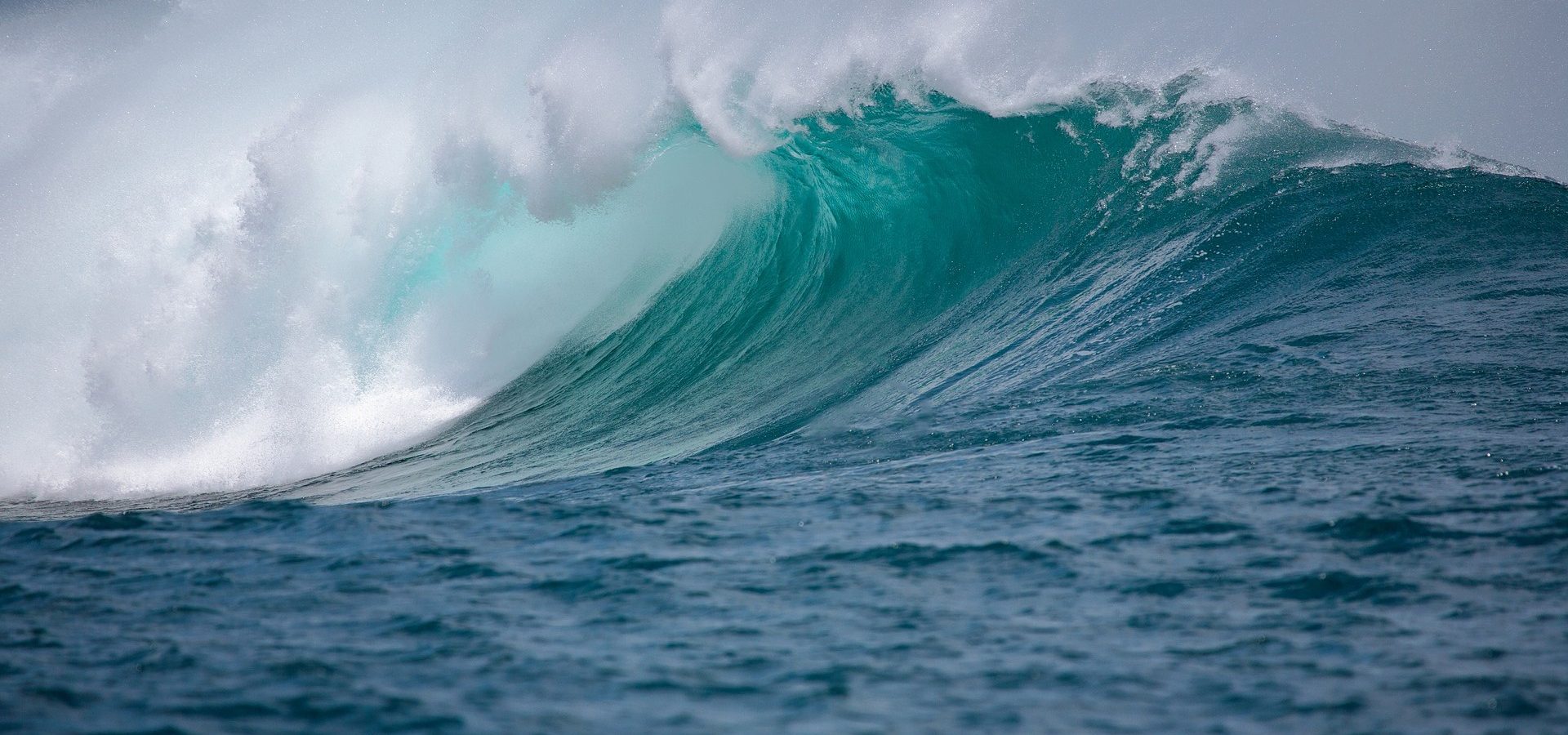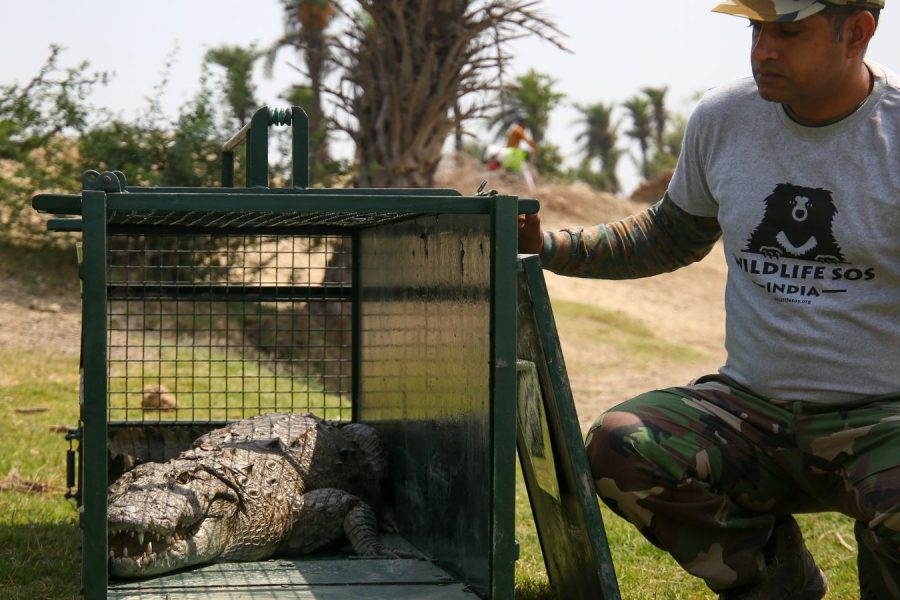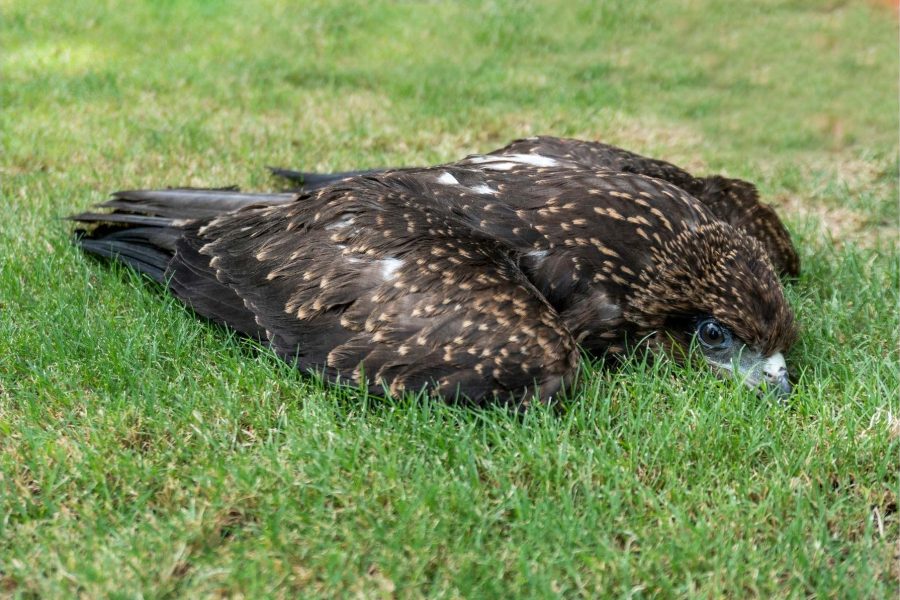Paleontological evidence shows that life began in the oceans. The gradual shift from simple, unicellular organisms to complex, multicellular beings took millions of years and gave rise to our present-day marine ecosystems. These oceans are our mightiest weapons against global warming today; marine ecosystems sequester significantly more carbon dioxide than terrestrial ecosystems. We need better protection of our oceans and their resources from the anthropogenic threats they face. Only then can the impacts of issues like overfishing, marine plastics and ocean pollution be reversed.
Oceans as carbon sinks
One of the most significant functions of oceans is their ability to act as carbon sinks. A carbon sink is defined as a natural environment viewed in terms of its ability to absorb carbon dioxide. Land surfaces in the form of soil and forests are huge carbon sinks. But the world’s oceans hold far more potential to store carbon permanently. Some scientific estimates suggest oceans can absorb almost 50% of the atmospheric carbon dioxide.
The key for the sink to perform effectively is a healthy ecosystem, which is possible only if there is a well-balanced diversity of marine life. Organic carbon in the form of living organisms such as plants, animals and algae are eaten by other organisms, mostly by bacteria. But as these organisms die and sink, they transport to the bottom of the ocean and deposit carbon there.
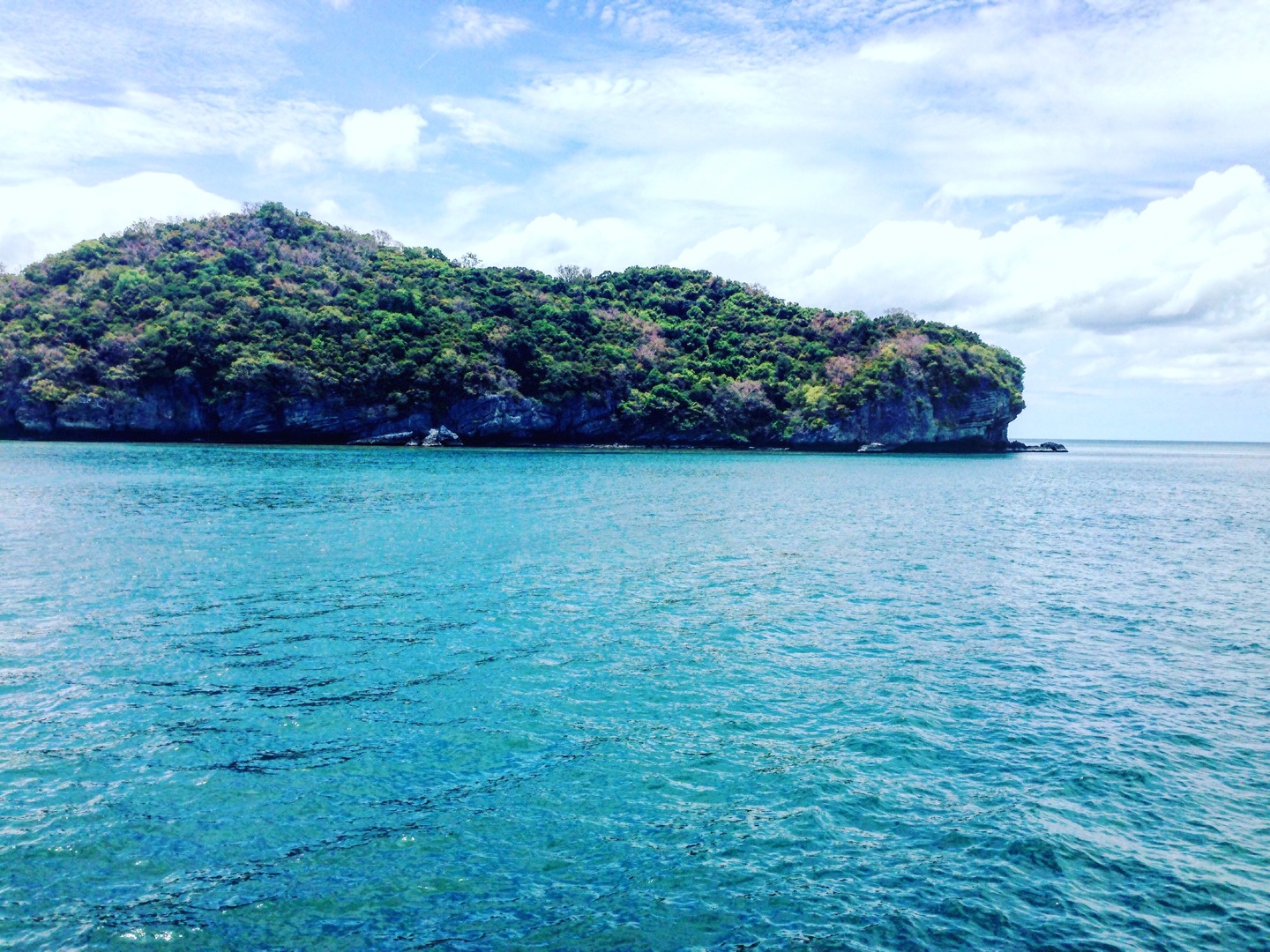
Healthy coastal ecosystems can also mitigate climate change by absorbing carbon. Habitats such as mangroves, salt marshes, and seagrass beds are important carbon sinks. According to the Ocean and Climate Platform, even though these coastal marine ecosystems cover little surface on the planet, they can store at least ten times the amount of carbon compared to forests. A Harvard University assessment suggests they can store up to 20 times more carbon per acre than land forests. Their report primarily highlights a more valuable marine ecosystem that we may have been underestimating: Kelps.
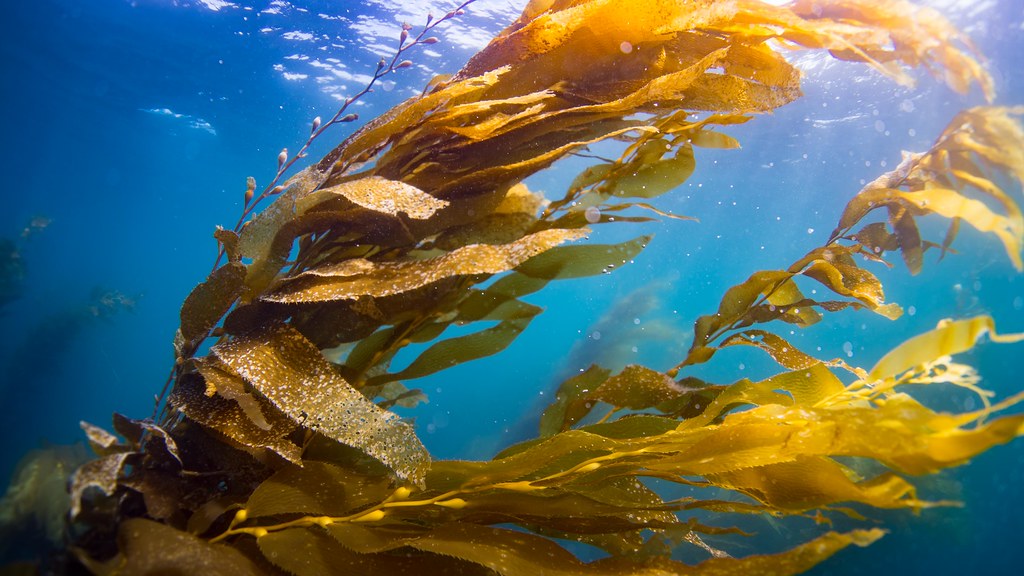
Macroalgae such as kelp can minimize the effects of global warming. Kelps are known to remarkably grow as much as 2 feet per day and have the potential to permanently remove carbon dioxide from the atmosphere into the oceans. According to a 2016 research paper published in Nature Geosciences, macroalgae remove roughly 200 million tonnes of carbon dioxide every year.
Another key reason to guard these pristine kelp habitats is to ensure that otters survive. Their main prey is sea urchins, which feed on kelp. A healthy population of otters helps keep the sea urchin numbers in check, thereby becoming guardians of underwater kelp forests. A healthy marine ecosystem is a must to maintain the balance of this particular food chain.
The threat of overfishing
Despite providing Earth the solutions it needs to balance its ecosystems, human activities pose a magnanimous threat to the oceans. Overfishing is the biggest danger; loss in marine biodiversity negatively affects an ecosystem of a particular region. For instance, the removal of top predators such as tuna and sharks in many parts of the Pacific Ocean has left a large population of its prey species at the lower levels of the food chain to flourish. This can be potentially harmful to marine vegetation.
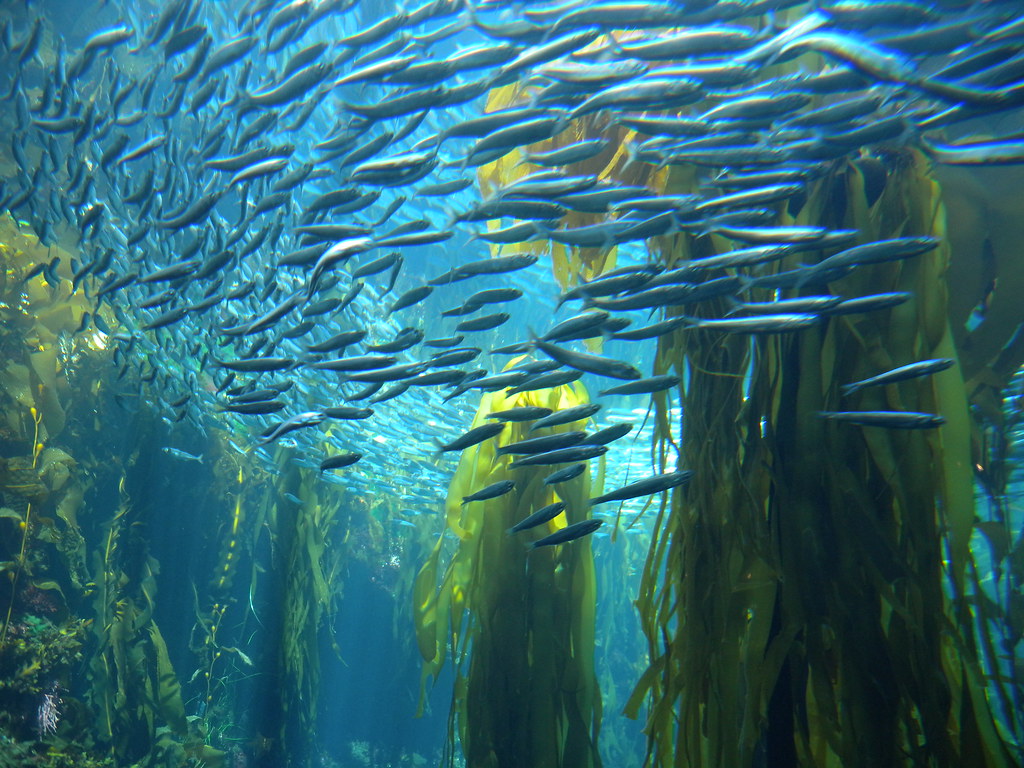
Destructive fishing practices like the use of towed gears such as bottom trawlers and dredges destroy seafloor habitats such as seagrass meadows, coral reefs and algal beds, thereby disturbing these valuable ecosystems. The use of trawls also leads to the problem of bycatch: fishes which were not supposed to get caught in the net. This practice removes a significant population which might have been food for other species.
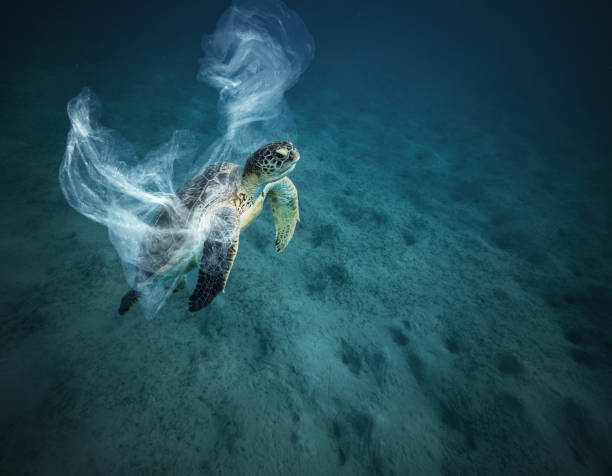
The United Nations Food and Agriculture Organisation (FAO) reveals that the practice of ‘blast fishing’ (using dynamites and other explosives to fish) is still common in parts of the South Pacific, Caribbean, Africa and Asia. Despite being legally banned, these practices persist. Another worrying consequence of fishing is the dumping or loss of fishing gear in the ocean. Not only is this marine litter, it leads to ghost fishing which is a bane for marine wildlife. Many of us must have seen at least one visual of marine mammals and turtles entangled in nets and abandoned gears. The FAO study tells us that gear entanglement has led to significant decline in fur seal populations in Pribilof Islands, causing the death of 15% of its young ones.
Urgent need of protection
The oceans are threatened by numerous other factors, including marine plastic pollution, construction of oil rigs, oil spills, waste dumping and other forms of pollution. It is a known fact that today we produce over 300 million tonnes of plastic waste annually, out of which 8 million tonnes enter the oceans. According to the United Nations Environment Programme, 10 rivers alone carry 90% of the plastic waste that ends up in our oceans. This plastic waste is land-based coming from surface runoff, sewer overflows, beach visitors, irresponsible waste disposal, industrial activities, construction and illegal dumping. A strict waste management system is the need of the hour to tackle this, and make sure that our waste does not ultimately reach the oceans.
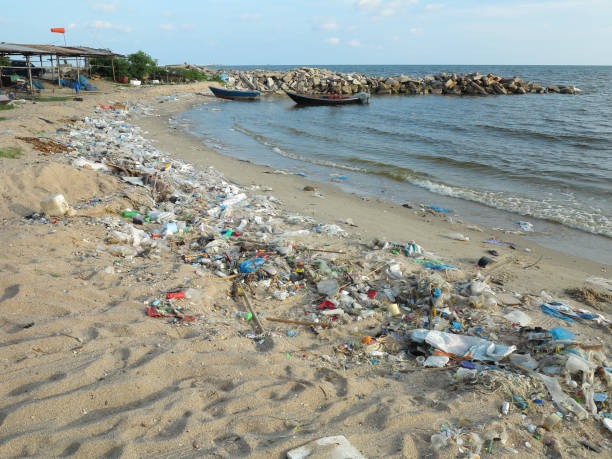
To combat overfishing, it is important to create more Marine Protected Areas (MPAs). This will monitor fisheries and prevent illegal practices, consequently allowing fish populations to recover with habitat conservation. With more MPAs, more green jobs will be created. In India, there are 128 MPAs, including four National Parks, three biosphere reserves and 67 marine wildlife sanctuaries. While India has done well in creating protected areas, we still have to make sure that these MPAs are well-monitored through conservation practices.
Human beings draw economic benefits from oceans, such as coastal fisheries, tourism, recreation and industrialisation. This is why large human settlements are found thriving in the coastal zones. Impact assessment of conservation measures, protection of coastal habitats and a well-managed fisheries system will lead to better use of marine natural resources. It is ultimately up to us how we preserve this grandiose sanctuary, from where life first emerged.

